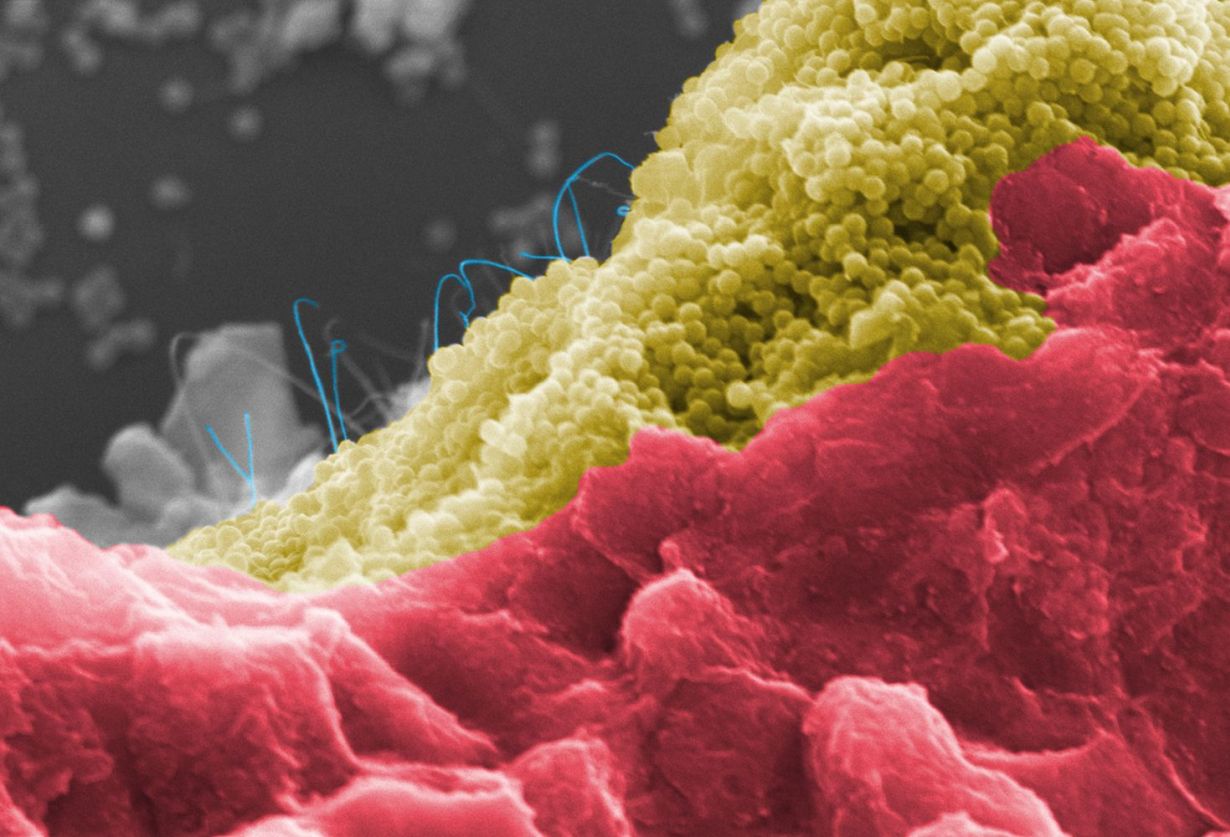
Figure by Zvi Yaari
Ovarian cancer kills 14,000 women in the United States every year...
Read More

Ovarian cancer kills 14,000 women in the United States every year...
Read More
Flexible thermoelectric generators could be useful way to make carbon ‘green’. Invisibly small carbon nanotubes aligned as fibers and sewn into fabrics become a thermoelectric generator that can turn heat from the sun or other sources into other forms of energy.
The Rice University lab of physicist Junichiro Kono led an effort with scientists at Tokyo Metropolitan University and the Rice-based Carbon Hub to make custom nanotube fibers and test their potential for large-scale applications.
Their small-scale experiments led to a fiber-enhanced, flexible cotton fabric that turned heat energy into...
Read More
Using DNA, smallest silica particles, and carbon nanotubes, researchers of Karlsruhe Institute of Technology (KIT) developed novel programmable materials. These nanocomposites can be tailored to various applications and programmed to degrade quickly and gently. For medical applications, they can create environments in which human stem cells can settle down and develop further. Additionally, they are suited for the setup of biohybrid systems to produce power, for instance. The results are presented in Nature Communications and on the bioRxiv platform.
Stem cells are cultivated for fundamental research and development of effective therapies agains...
Read More
For polar bears, the insulation provided by their fat, skin, and fur is a matter of survival in the frigid Arctic. For engineers, polar bear hair is a dream template for synthetic materials that might lock in heat just as well as the natural version. Now, materials scientists in China have developed such an insulator, reproducing the structure of individual polar bear hairs while scaling toward a material composed of many hairs for real-world applications in the architecture and aerospace sectors. Their work appears June 6 in the journal Chem.
“Polar bear hair has been evolutionarily optimized to help prevent heat loss in cold and humid conditions, which makes it an excellent model for a synthetic heat ...
Read More
Recent Comments